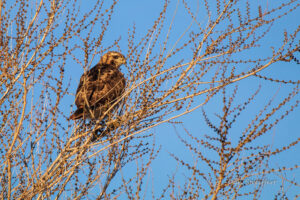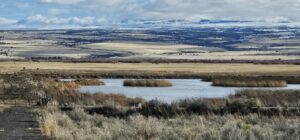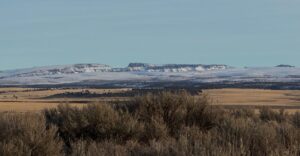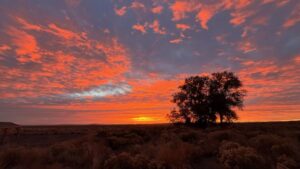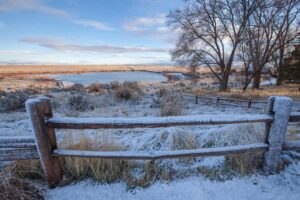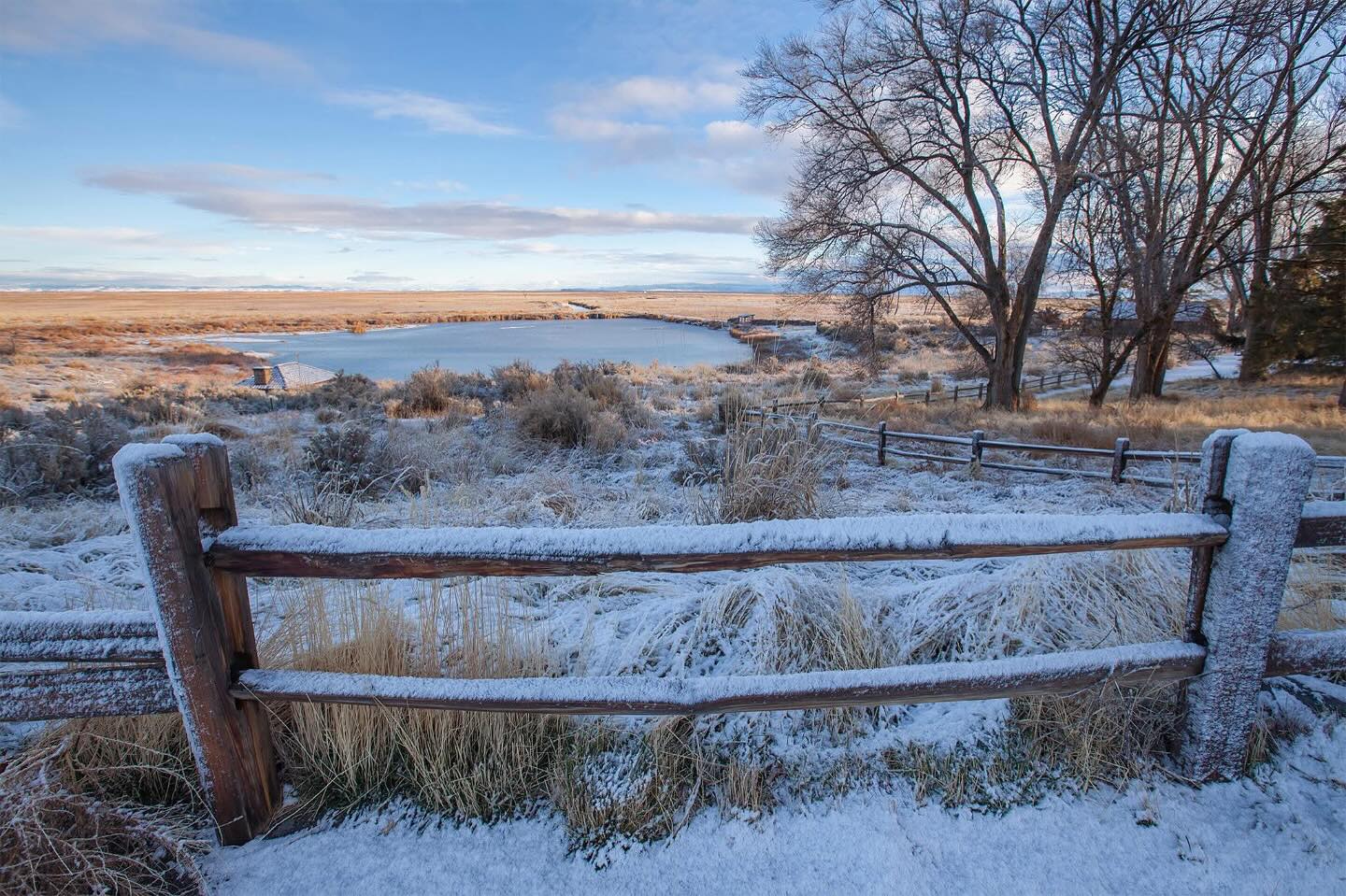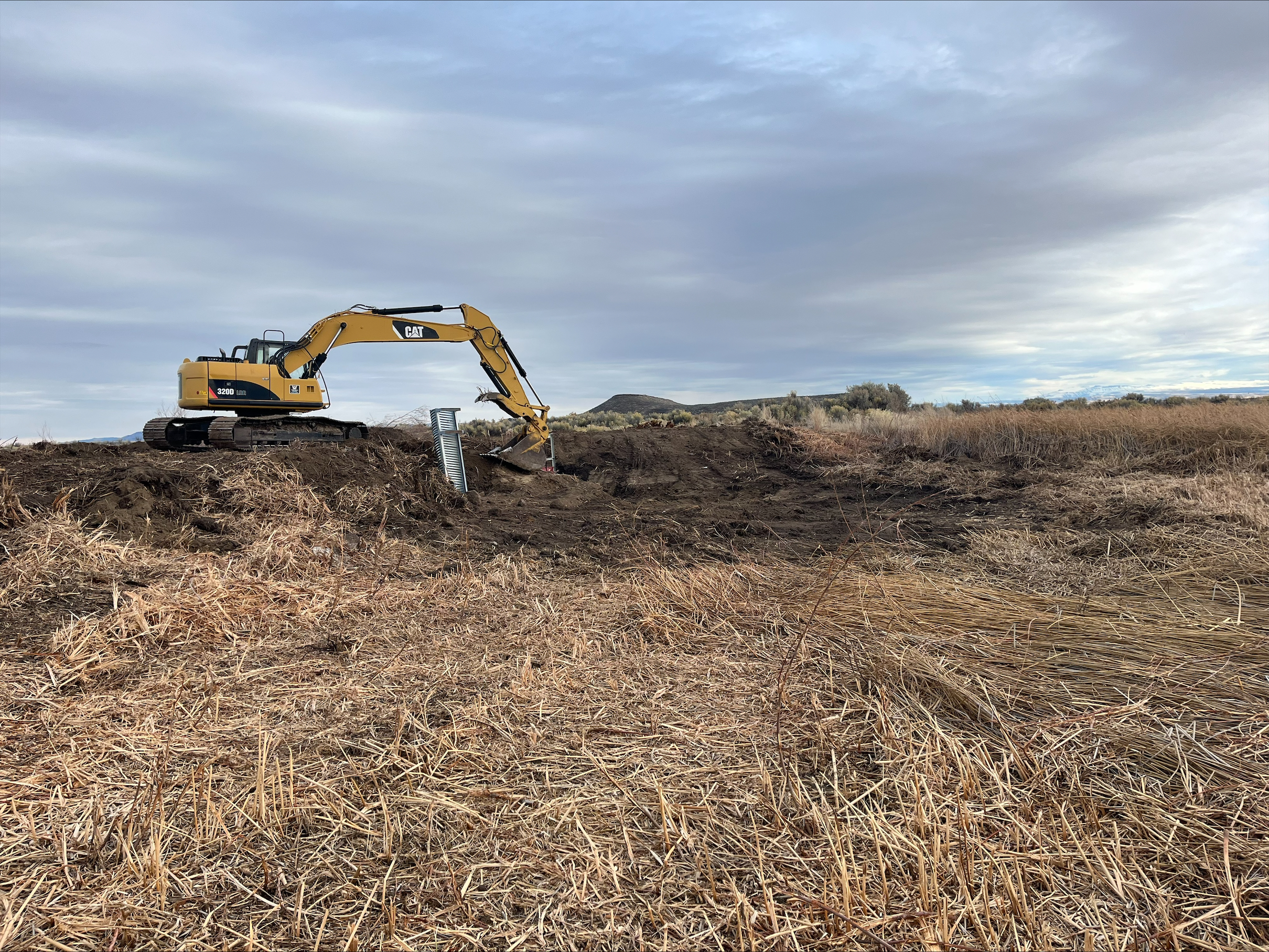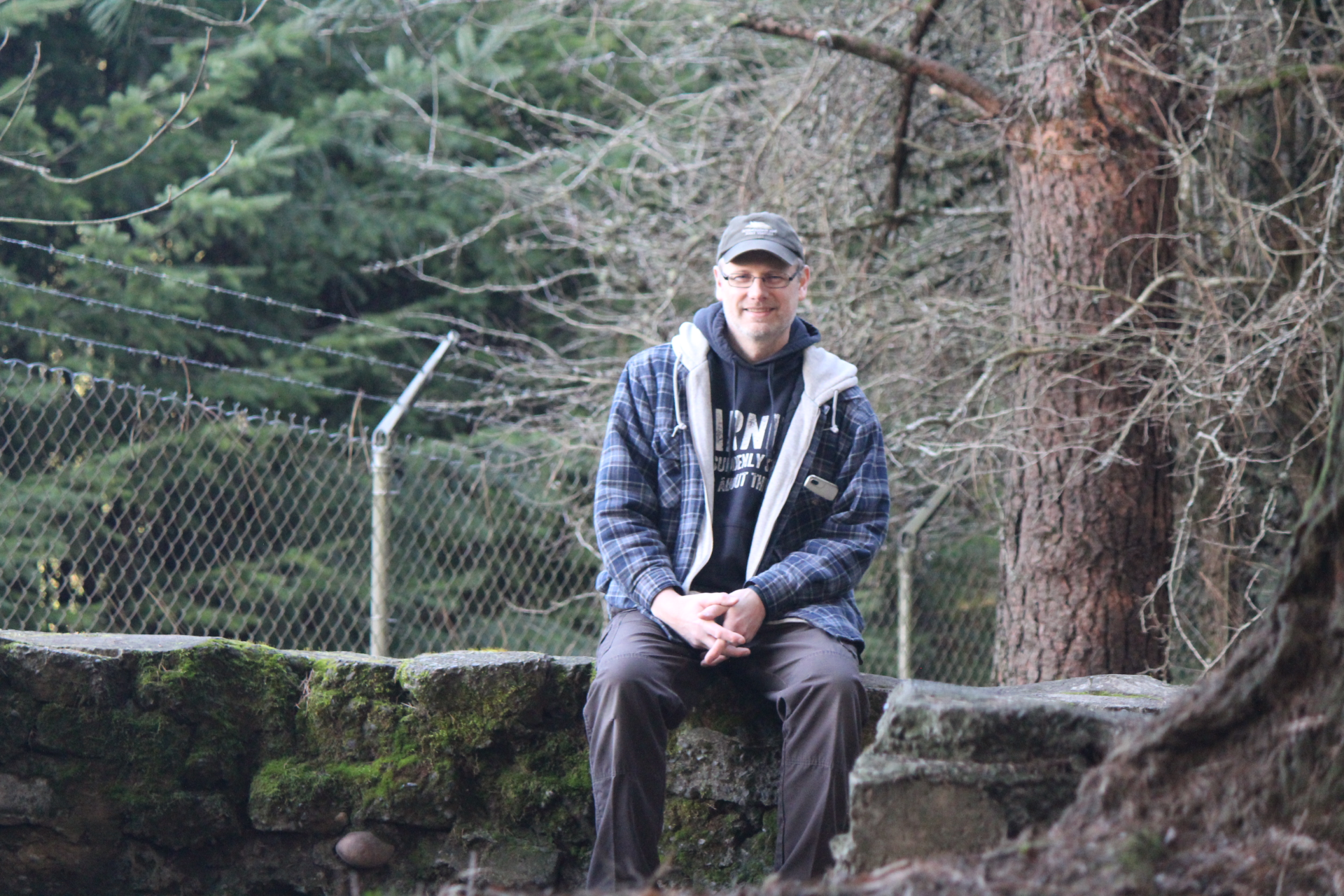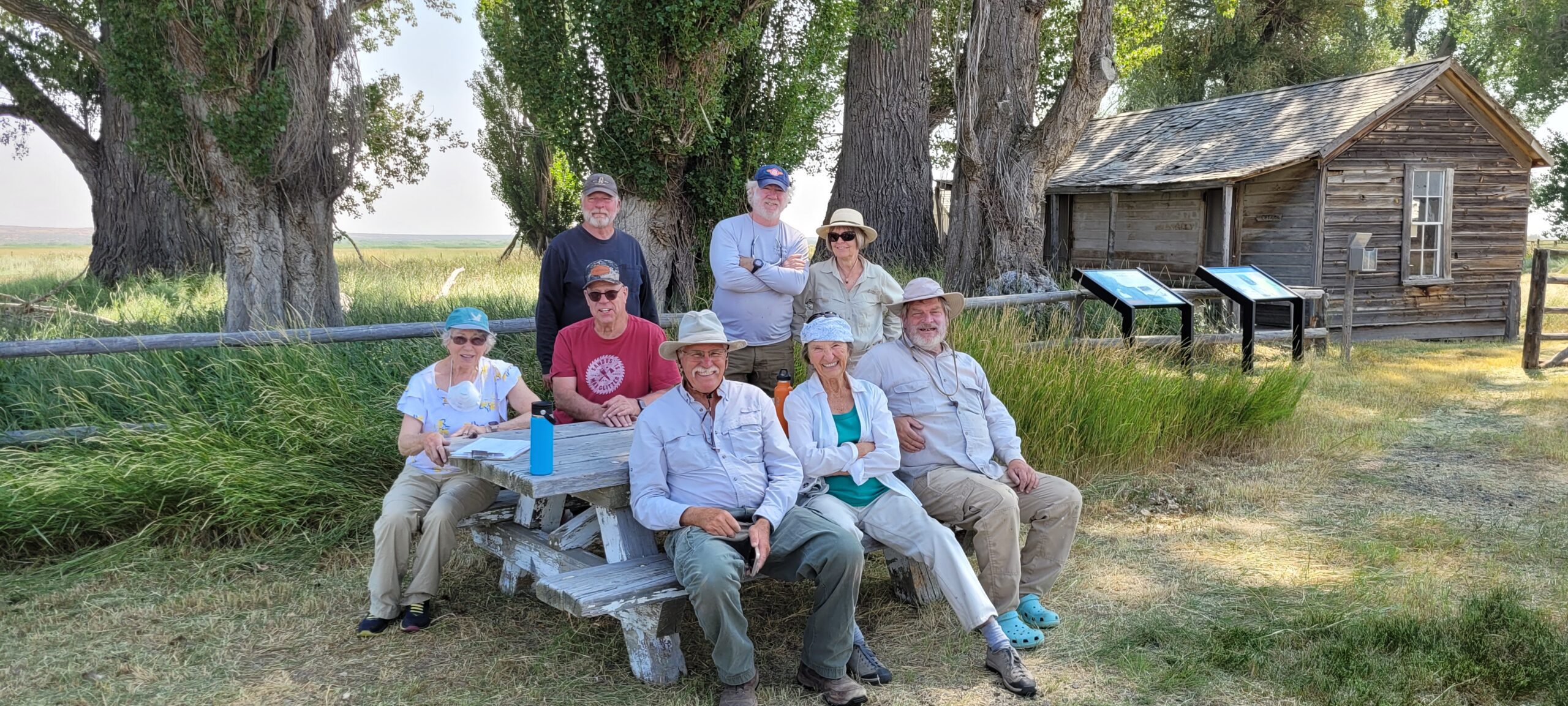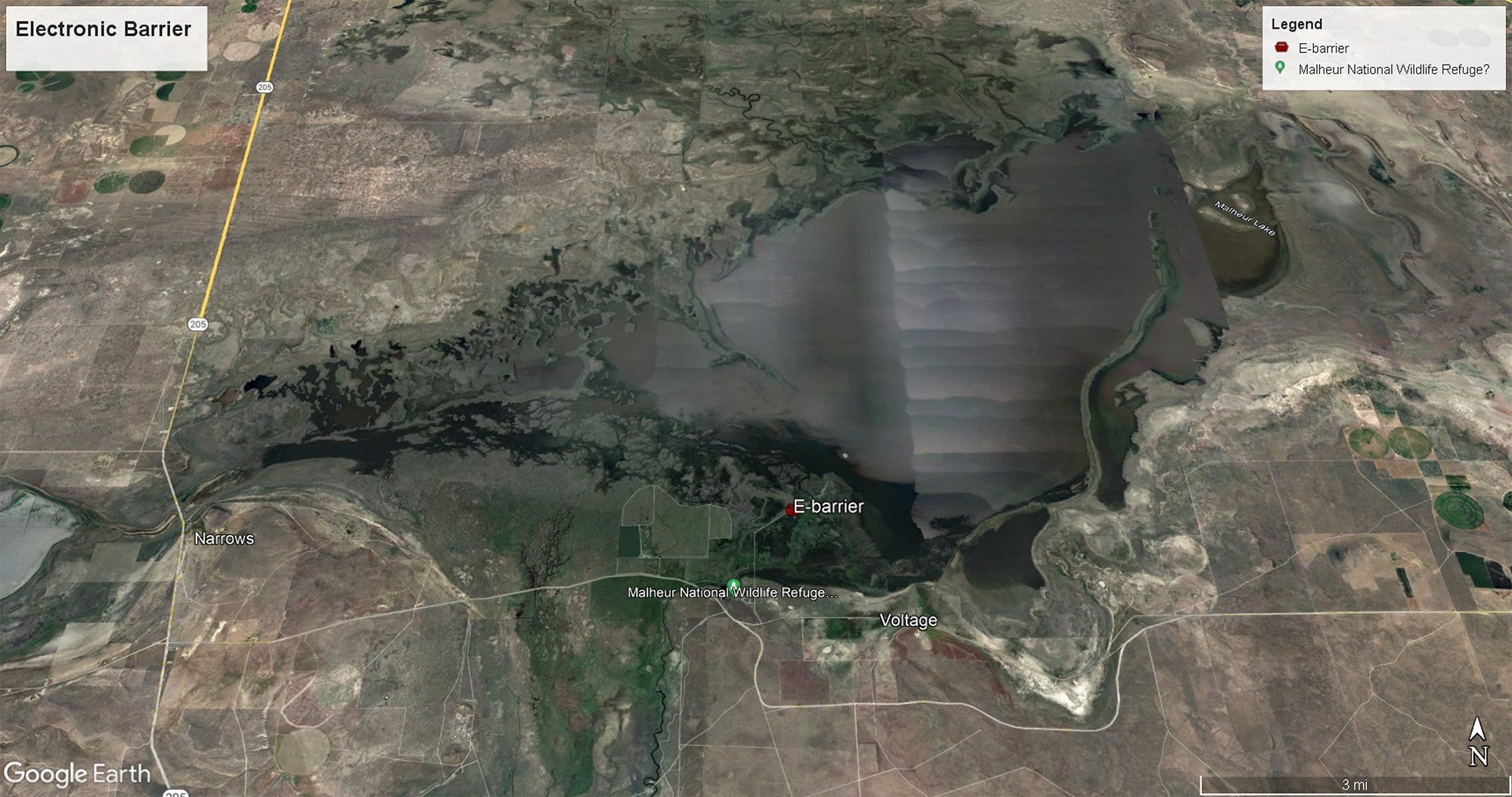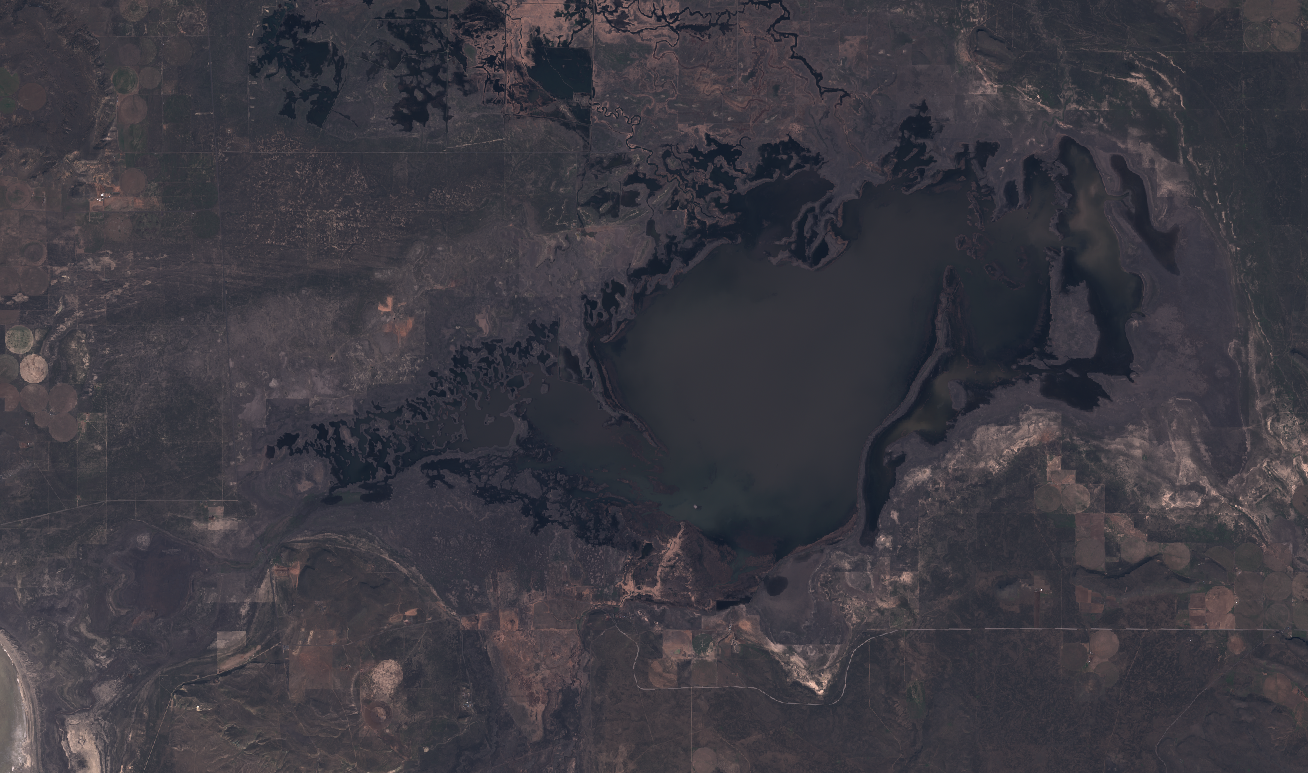By Gary Ivey and David Paullin
Sadly, one of our longtime Friends, former Malheur Refuge Manager, Joseph P. Mazzoni passed away unexpectedly on Saturday morning August 17, 2024, at his home in Rancho Murietta, California.
Joe Mazzoni worked for the U.S. Fish and Wildlife Service in positions relating to the administration of National Wildlife Refuges from June 1957 through January 1997; nearly 40 years.
After graduating from Oregon State University in 1957, Joe worked for a couple of seasons on Sheldon NWR (Nevada) conducting rangeland surveys. He then worked at Malheur as a Refuge Manager Trainee for a couple of year. Joe became an Assistant Refuge Manager at Charles Russell NWR (Montana) in the early 1960s, and then he became the Refuge Manager at the National Bison Range (Montana) from 1965-1968. After that, Joe transferred to the Regional Office in Portland.
[David Paullin]: After finishing classes at Humboldt State University in 1971, I was on my way to work on my Master’s project at Red Rock Lakes NWR (Montana) and was directed to stop at the Regional Office in Portland for some monetary support. That was when I first met Joe Mazzoni, who was working as the Regional Wilderness Staff Specialist. Joe gave me a quick lesson in the Wilderness Act and informed me that the marshes and wetlands of Red Rock Lakes NWR were being considered as a possible wilderness area. Joe said my study which was being funded by the Service through the Cooperative Wildlife Research Unit in Missoula, Montana was initiated to determine, in part, eligibility for inclusion as a wilderness area. In November, l974, I was selected to be the Project Leader of the Malheur-Harney Lakes Basin Study in Harney County where I would cross paths with Joe Mazzoni for the second time.
[David Paullin]: Prior to Joe’s stint in the Portland Regional Office (circa l970-71) he was the Refuge Manager of the National Bison Range in the Flathead Valley of Montana. Like Malheur NWR, Joe was very passionate about the Bison Range and felt that it should always be managed by the U.S. Fish and Wildlife Service. Over several decades, initiatives would surface whereby management of the National Bison Range would be turned over to the local Confederated Salish and Kootenai Tribes. These initiatives would wax and wane as different political administrations came into power. Whenever this issue became “hot” again and it looked like the tribes might take over, Joe would pull out all the stoppers and write letters and make phone calls to beat back the current momentum. I watched him do this on more than one cycle. For years, those initiatives never realized. However, in 2022,
full management responsibility of the Bison Range was turned over to the Confederated Salish and Kootenai Tribes.
After Malheur’s first Refuge Manager, John Scharff retired, Joe was selected to replace him in 1972. Manager Scharff was harshly criticized for his Malheur Refuge livestock grazing program by regional wildlife staff and environmentalists, throughout his career. Malheur supported the highest use in terms of Animal Unit Months (1 cow/1 month; over 100,000 AUMs) than any other Refuge in the Refuge System. Essentially, the entire refuge was heavily grazed by cattle by the time Scharff retired and The Fish and Wildlife Service felt the Refuge’s grazing program needed to be significantly curtailed and used only where it was beneficial to Malheur’s wildlife. Joe was selected and given the mission to get Malheur’s grazing program under control. It wasn’t easy. Local ranchers had developed an economic dependency on their refuge grazing permits and cutbacks were opposed by the local community. At the same time, Joe was being heavily pressured by the environmental community to end all grazing on Malheur. During this time, Dr. Denzel Ferguson came out with his book Sacred Cows at the Public Trough and that is when the controversy intensified. Local ranchers were up in arms and wanted the Malheur Field Station shut down and out of business. In their view it was nothing more than a den of hippies trying to remove all cattle from public lands. The publication of Denzel’s book made Joe’s job much more difficult. It was gasoline on the fire and local ranchers were besides themselves.
Joe essentially had to put on his bullet-proof Superman costume to deal with this Malheur controversy over the Refuge grazing program. He made a lot of enemies and friends at Malheur, balancing local grazing interests with environmental and wildlife concerns. During this time, ranchers and other locals expressed hostility towards Refuge staff, sometimes making threats to their safety. At the peak of this conflict, someone shot a bullet through the driver’s window of Joe’s government pickup truck one night while it was parked in his driveway. Some of this animosity remains in Harney County today, as it was evident during the 2016 refuge takeover and occupation of Malheur’s Headquarters.
[David Paullin]: I was there for the final stages of Joe’s time in Harney County. After someone had put a bullet through the windshield of his government truck, the local newspaper had a front-page photo of the vehicle, bullet hole, and a silhouette of a person behind the steering wheel. The bullet hole was aimed directly at the head of the driver, in this case Joe. I think this was very unsettling to Joe (and his family) but he never divulged any fear or trepidation over this event.
[Gary Ivey]: I first met Joe when I worked at Malheur on a duck nesting study in the Blitzen Valley in 1979. Joe was seriously focused on using science in refuge management and was a strong supporter of the Refuge biological program.
During his time at Malheur, Joe led his talented staff to develop the Refuge’s 1985 Master Plan, which was a landmark document, setting the stage for Malheur’s focus on migratory bird habitat management. In 1981, Joe was awarded the Lifetime Achievement Award from the Oregon Chapter of The Wildlife Society for his work at “fixing” the grazing issue at Malheur. The award states: “This award recognizes an individual for outstanding contributions and accomplishments in wildlife research, management, education, law enforcement, or public service. Individuals are acknowledged for promoting the advancement of science, the principles of ecology, and the goals of The Wildlife Society by advocating sound wildlife stewardship. Nominee’s actions must have resulted in significant contributions in the conservation and increased long-term security of wildlife populations, wildlife habitats, and natural resource values within the State of Oregon.”
[Dave Paullin]: Despite being a difficult supervisor to work under, I have never encountered a refuge manager anywhere that was more laser-focused when it came to fighting for a resource issue on refuges. If we were in the trenches and Joe said we are going to rush head-long into intense enemy fire I would follow that man. He was a bulldog when it came to fighting for refuges and for that I have the nothing but the highest amount of respect for him.
[Gary Ivey]: I was honored to be selected by Joe to fill the Refuge’s Assistant Wildlife Biologist job in 1983. However, when I reported to the Refuge in August, Joe had been transferred to the Region 7, the Alaska Regional Office. This was a political move as Joe wasn’t ready to leave Malheur.
[David Paullin]: About this time things got political. Politicians (e.g. State Senator Bob Smith, and others [Assistant Department of Interior Secretary G. Ray Arnett]) were demanding that Joe be moved from Malheur Refuge. You are never sure of everything that was in play behind the scenes, but I do recall Joe’s final swan song. Dick Myshak was the Regional Director at the time. He came to Burns and said some very kind words about Joe and his dedication and bravery in the face of all the local hostilities. Dick gave Joe a big award with certificate and then the next thing you know he gets a promotion and is shipped off to Anchorage. Considering all that, you never really know that really happened. Did the ranchers and the politicians run Joe out of town on a rail or did Myshak make a management call to transfer Joe because it was the right thing to do or maybe a combination of the two. Myshak did an excellent job of acknowledging Joe for everything he did at Malheur under difficult circumstances.
From 1983 through the late 1980s, Joe served as the Deputy Assistant Regional Director for Refuges in Alaska. He then transferred to Region 2, Albuquerque, New Mexico to serve as the Deputy Regional Director. After Joe retired in 1997, he continued his life-long work for refuges by joining the Board of the National Wildlife Refuge Association for several years, and he continued his service to them as a regional representative through the 2000s.
[David Paullin]: Joe and I talked about the latter years when the armed take-over happened at HQ. That was a gut-wrenching ordeal for both of us. It changed everything. After that debacle, things changed for us. Something sacred had been violated and we both knew that things would never be the same for us at Malheur. We could never go back again even for a brief visit. It would be too painful.
Joe left a powerful legacy in his demonstrated love and support of our nation’s National Wildlife Refuges throughout his life. He will be missed.


